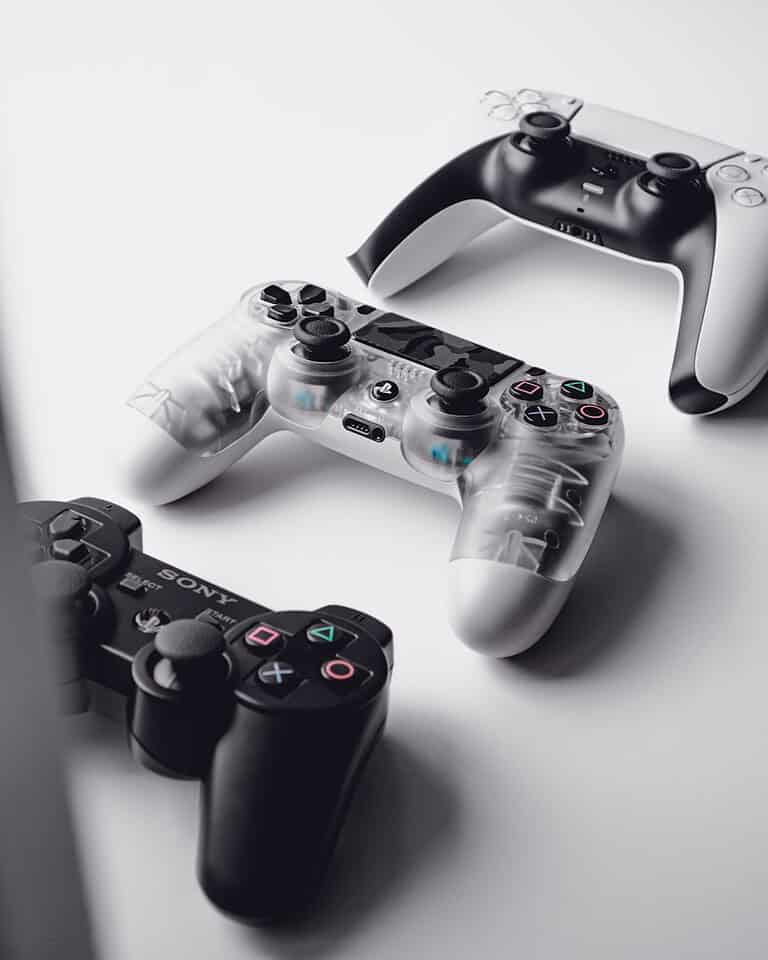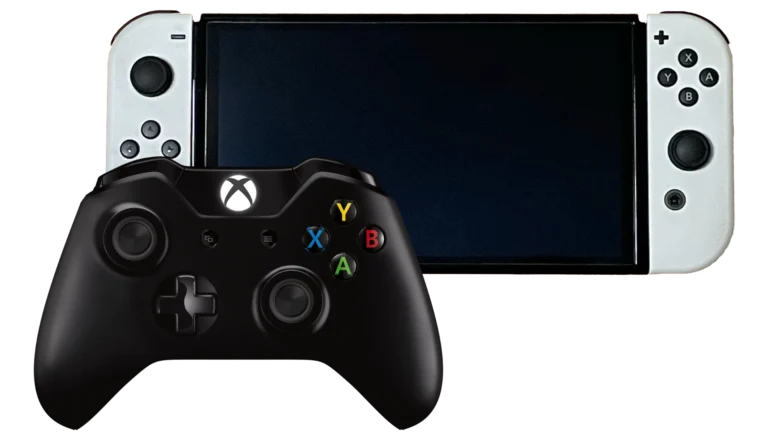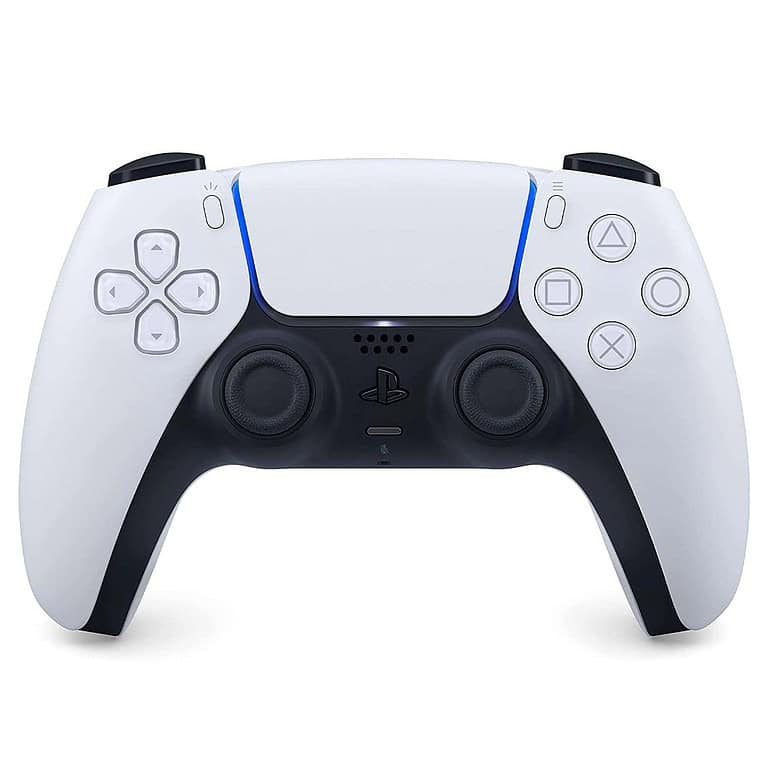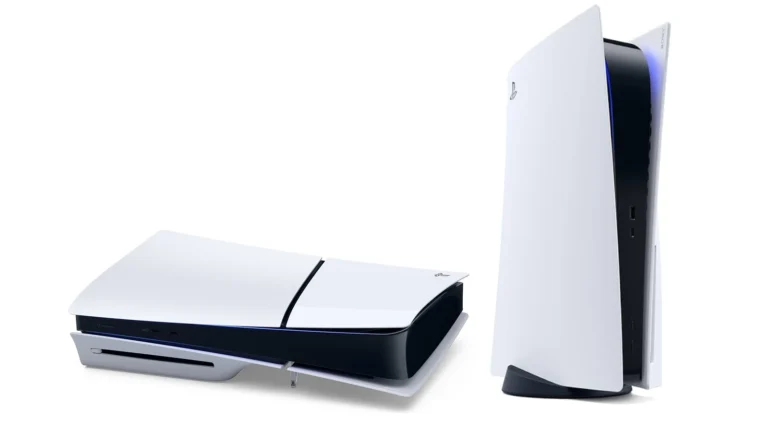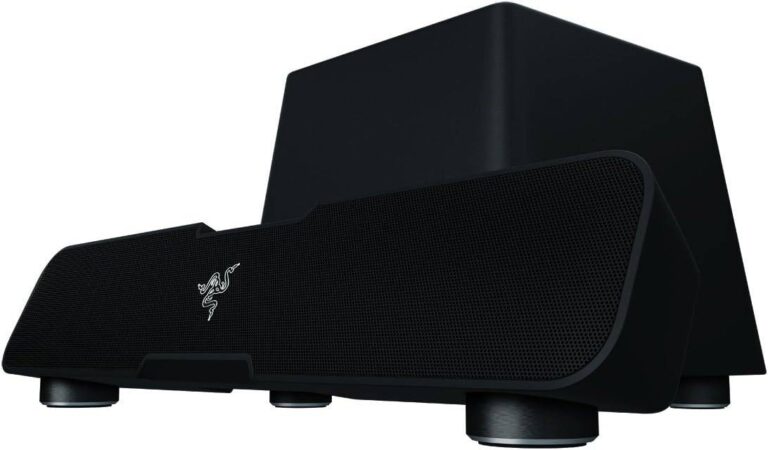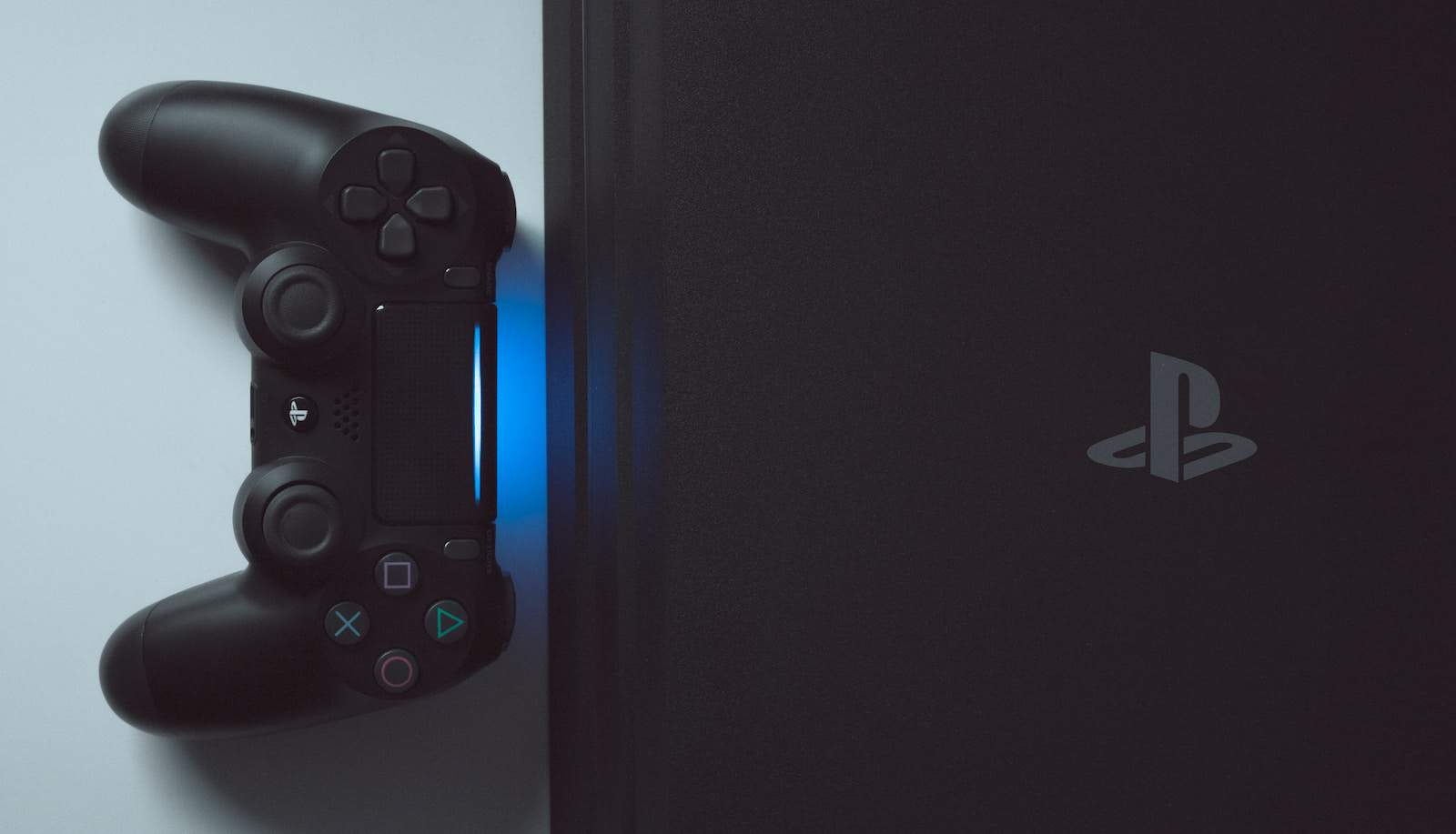
A PlayStation 4 that turns on but displays no video can be frustrating for gamers. This issue often stems from hardware problems or incorrect settings. The most common fix involves resetting the PS4’s display resolution by holding the power button for 7 seconds to enter safe mode.
Several factors can cause this problem. A faulty HDMI cable, a damaged HDMI port, or an overheated console are possible culprits. Software glitches or corrupted system files may also lead to a black screen. Users should check their connections and try different HDMI cables before attempting more complex solutions.
If basic troubleshooting fails, users can try a power cycle. This involves unplugging the console for 20 minutes to drain residual power. After reconnecting, the PS4 may display video again. For persistent issues, contacting PlayStation support or seeking professional repair services may be necessary.
Troubleshooting a PS4 with No Video Output
Common Scenarios and Initial Checks
A PS4 turning on but displaying no video can be frustrating. Before jumping to conclusions, let’s cover some basic checks:
- Power is On: Ensure the PS4’s power light is on. A solid white light means it’s running normally. A blinking blue light indicates it’s still booting up. No light means it’s not getting power.
- TV Input: Double-check that your TV is set to the correct HDMI input. Cycle through the inputs using your TV remote.
- HDMI Cable: Try a different HDMI cable. A faulty cable is a common cause of no video. Make sure the cable is firmly plugged into both the PS4 and the TV.
- TV Functionality: Test your TV with another device (like a Blu-ray player or another console) to rule out a TV problem.
Advanced Troubleshooting Steps
If the basic checks don’t solve the problem, try these more advanced steps:
1. Safe Mode and Resolution Change
Booting into Safe Mode can help diagnose software issues. Here’s how:
- Turn off your PS4 completely (not rest mode).
- Press and hold the power button until you hear two beeps (about 7 seconds).
- Connect your DualShock 4 controller with a USB cable.
- Select “Change Resolution” in Safe Mode. This will force the PS4 to output at a lower resolution, which might be compatible with your TV.
2. Rebuilding the Database
A corrupted database can sometimes cause display problems. Rebuilding it won’t delete your games or saves, but it will reorganize the data on your hard drive:
- Boot into Safe Mode (as described above).
- Select “Rebuild Database.” This process can take some time.
3. Checking the HDMI Port
Inspect the HDMI ports on both your PS4 and your TV for any damage or debris. Gently clean them with compressed air if necessary.
4. Trying a Different TV
If possible, connect your PS4 to a different TV to see if the problem is with your original TV’s compatibility or settings.
Potential Hardware Issues
If none of the software or connection fixes work, there might be a hardware problem with your PS4:
- HDMI Port Damage: The HDMI port on the PS4 itself may be damaged.
- APU (Accelerated Processing Unit) Failure: This is a more serious issue and usually requires professional repair.
Troubleshooting Summary
| Problem | Possible Cause | Solution |
|---|---|---|
| No video output | Incorrect TV input, faulty HDMI cable | Check TV input, try a different HDMI cable |
| No video output | Software glitch, resolution incompatibility | Boot into Safe Mode, change resolution |
| No video output | Corrupted database | Boot into Safe Mode, rebuild database |
| No video output | Damaged HDMI port (PS4 or TV) | Inspect and clean ports, try different TV |
| No video output | APU failure | Contact PlayStation support or a repair professional |
Key Takeaways
- Hold the power button for 7 seconds to reset display resolution in safe mode
- Check HDMI connections and try a power cycle to resolve video issues
- Seek professional help for persistent problems after basic troubleshooting
Understanding PS4 Video Output Issues
PS4 video output problems can manifest in various ways. These issues often stem from HDMI-related problems or software glitches within the console itself.
Common Symptoms and Diagnosing HDMI Problems
PS4 owners may encounter a black or blank screen when turning on their console. This “no signal” error can be frustrating. To diagnose HDMI issues:
- Check cable connections
- Try a different HDMI port on the TV
- Test with another HDMI cable
- Verify TV input settings
Sometimes, the PS4’s HDMI port may be damaged. Look for bent pins or debris inside the port. If visible damage is present, professional repair might be necessary.
Potential Causes of ‘No Video’ Errors
Several factors can lead to PS4 video output problems:
- Faulty HDMI cable
- Damaged HDMI port on PS4 or TV
- Incorrect display settings
- Software glitches or incomplete updates
- HDCP (High-bandwidth Digital Content Protection) issues
HDCP compatibility problems between the PS4 and TV can cause video blackouts. To address this:
- Disable HDCP in PS4 settings
- Update TV firmware
- Use a HDCP-compliant TV or monitor
Software-related causes may require booting the PS4 in Safe Mode to reset video output settings or reinstall system software.
Troubleshooting Steps for PS4 Display Problems
When your PS4 turns on but shows no video, several troubleshooting steps can help resolve the issue. These methods focus on checking connections, restarting the console, and using Safe Mode.
Checking Connections and HDMI Cable Integrity
Start by examining all connections between your PS4 and TV. Unplug the HDMI cable from both ends and reconnect it firmly. Ensure the cable is not damaged or frayed. Try a different HDMI port on your TV if available.
Inspect the PS4’s HDMI port for bent pins or debris. Clean the port gently with compressed air if needed. If possible, test with a known working HDMI cable to rule out cable issues.
Check your TV’s input settings. Make sure it’s set to the correct HDMI input for your PS4. Some TVs have multiple HDMI ports, so cycling through them can help identify the correct one.
Restarting and Power Cycling Your PS4
A simple restart or power cycle can often fix display problems. To restart, hold the power button until you hear two beeps, then release. The PS4 will shut down completely.
For a full power cycle:
- Turn off the PS4 completely
- Unplug the power cable from the wall outlet
- Wait 30 seconds
- Plug the power cable back in
- Turn on the PS4
This process helps clear any temporary glitches in the system’s memory or power supply that might cause display issues.
Accessing and Using PS4’s Safe Mode
If regular troubleshooting doesn’t work, try Safe Mode. To enter Safe Mode:
- Turn off the PS4 completely
- Press and hold the power button until you hear two beeps (about 7 seconds)
- Connect your controller with a USB cable
- Press the PS button on the controller
In Safe Mode, try these options:
- Change Resolution: Forces 480p output
- Update System Software: Installs latest firmware
- Rebuild Database: Reorganizes system files
If you see the Safe Mode menu on your TV, it confirms the HDMI connection is working. This can help isolate software issues from hardware problems.
Advanced Solutions and Preventative Measures
When a PS4 turns on but displays no video, several advanced techniques can resolve the issue. These methods address problems with audio/video receivers, HDCP, firmware, and display settings.
Resolving Issues with Audio/Video Receivers and HDCP
Audio/video receivers can sometimes interfere with the PS4’s video output. Bypassing the receiver by connecting the PS4 directly to the TV often solves this problem. If issues persist, HDCP (High-bandwidth Digital Content Protection) might be the culprit.
To disable HDCP:
- Boot the PS4 in Safe Mode
- Select “Change Resolution”
- Choose “Change HDCP Mode”
- Set HDCP to 1.4 only
This can resolve compatibility issues with older TVs or receivers. Remember to re-enable HDCP for content that requires it, like streaming services.
Updating System Firmware and Adjusting Display Settings
Outdated firmware can cause video output problems. To update the PS4 firmware:
- Download the latest update from Sony’s website
- Copy it to a USB drive
- Boot the PS4 in Safe Mode
- Select “Update System Software”
After updating, adjust display settings:
- Go to “Settings” > “Sound and Screen” > “Video Output Settings”
- Try different resolutions and refresh rates
- Enable “RGB Range” if your TV supports it
These steps often resolve black screen issues and optimize video output.
Contacting Sony Customer Service for Support
If problems persist, Sony’s customer service can provide expert assistance. They offer:
- Phone support
- Live chat
- Email support
- Community forums
Before contacting, gather information about your PS4 model, TV, and any error codes. Sony may suggest additional troubleshooting steps or arrange for repairs if needed.
Keep your PS4 receipt and warranty information handy. Sony often provides free repairs for consoles under warranty. For out-of-warranty devices, they may offer paid repair options or suggest authorized service centers.
Maintenance and Care for Your PS4
Regular maintenance and proper care can extend the lifespan of your PS4 and prevent issues like video output failures. Keeping the console cool and managing digital content are key aspects of PS4 upkeep.
Overheating Prevention and Ventilation Tips
Place your PS4 in a well-ventilated area with at least 4 inches of clearance on all sides. Avoid enclosed spaces or cabinets that trap heat. Clean the vents regularly with compressed air to remove dust buildup. This helps maintain proper airflow and prevents overheating.
Use a soft, dry cloth to wipe down the exterior of the console weekly. This removes dust that can clog internal components. Consider elevating your PS4 slightly to improve air circulation underneath. A stand or small feet can create this space.
If you hear loud fan noise, your PS4 may be working too hard to stay cool. Take a break from gaming and let it rest in a cool area for 30 minutes.
Handling Digital Content and GPU Overuse
Manage your PS4’s storage to prevent overtaxing the system. Delete unused games and apps to free up space. This reduces strain on the hard drive and can improve overall performance.
Limit extended gaming sessions, especially with graphically intense games. These put heavy demands on the GPU and can lead to overheating. Take regular breaks to let the system cool down.
Keep your PS4 software up to date. System updates often include performance improvements and bug fixes that can help prevent issues. Enable automatic updates in your settings for convenience.
Consider rebuilding the database periodically. This reorganizes data on the hard drive, which can improve system stability and performance. Access this option through Safe Mode.
Frequently Asked Questions
PS4 video output issues can be frustrating, but many common problems have straightforward solutions. Users can try several troubleshooting steps to resolve these issues and get their console displaying properly again.
What steps can be taken if a PS4 powers on but fails to output video to the TV?
Check all HDMI connections. Ensure the cable is firmly plugged into both the PS4 and TV. Try a different HDMI port on the TV. Use another HDMI cable to rule out a faulty cord.
If connections are secure, restart the PS4 in safe mode. Hold the power button for 7 seconds until you hear two beeps. Connect a controller via USB and select “Change Resolution” or “Update System Software” if available.
What troubleshooting techniques should be employed when there is no signal from a PS4 to a display?
Verify the TV input matches the HDMI port used. Power cycle both the PS4 and TV by unplugging them for 30 seconds. Test the PS4 on a different TV or monitor to isolate the issue.
If still no signal, boot in safe mode and try changing the resolution. As a last resort, consider initializing the PS4, which will erase all data but may resolve stubborn video problems.
How can issues with a PS4’s HDMI port that may be causing a lack of video output be identified and resolved?
Inspect the HDMI port for bent pins or debris. Use a flashlight to look closely. Gently clean the port with compressed air if needed. If damage is visible, the port may require professional repair.
Test with multiple HDMI cables and TVs to confirm the port is the issue. If the problem persists across different setups, the HDMI port likely needs replacement by a technician.
What should be done if a PS4 is stuck on a black screen after the logo appears?
Wait several minutes, as the PS4 may be updating. If the screen remains black, force a shutdown by holding the power button for 7 seconds. Restart in safe mode and select “Rebuild Database” to fix potential software issues.
Check for overheating. Ensure the PS4 has proper ventilation. Clean out dust if necessary. If problems continue, the console may need professional diagnosis for hardware faults.
How can one fix a PS4 when it outputs sound but no picture?
This often indicates an HDMI handshake issue. Unplug the HDMI cable from both ends, wait 30 seconds, then reconnect. Turn off HDCP in the PS4 settings if accessible through safe mode.
Try a different HDMI cable, preferably a high-speed one. If possible, test the PS4 on another TV to determine if the issue is with the console or the display device.
What are common reasons for a PS4 to have a white light displayed but no video?
A white light with no video can indicate several issues. The PS4 may be in rest mode. Press the power button to fully wake it. The TV might be set to the wrong input. Double-check and cycle through inputs.
Hardware problems like a faulty APU or HDMI port can cause this symptom. If basic troubleshooting fails, the console may require professional repair to diagnose and fix internal components.

